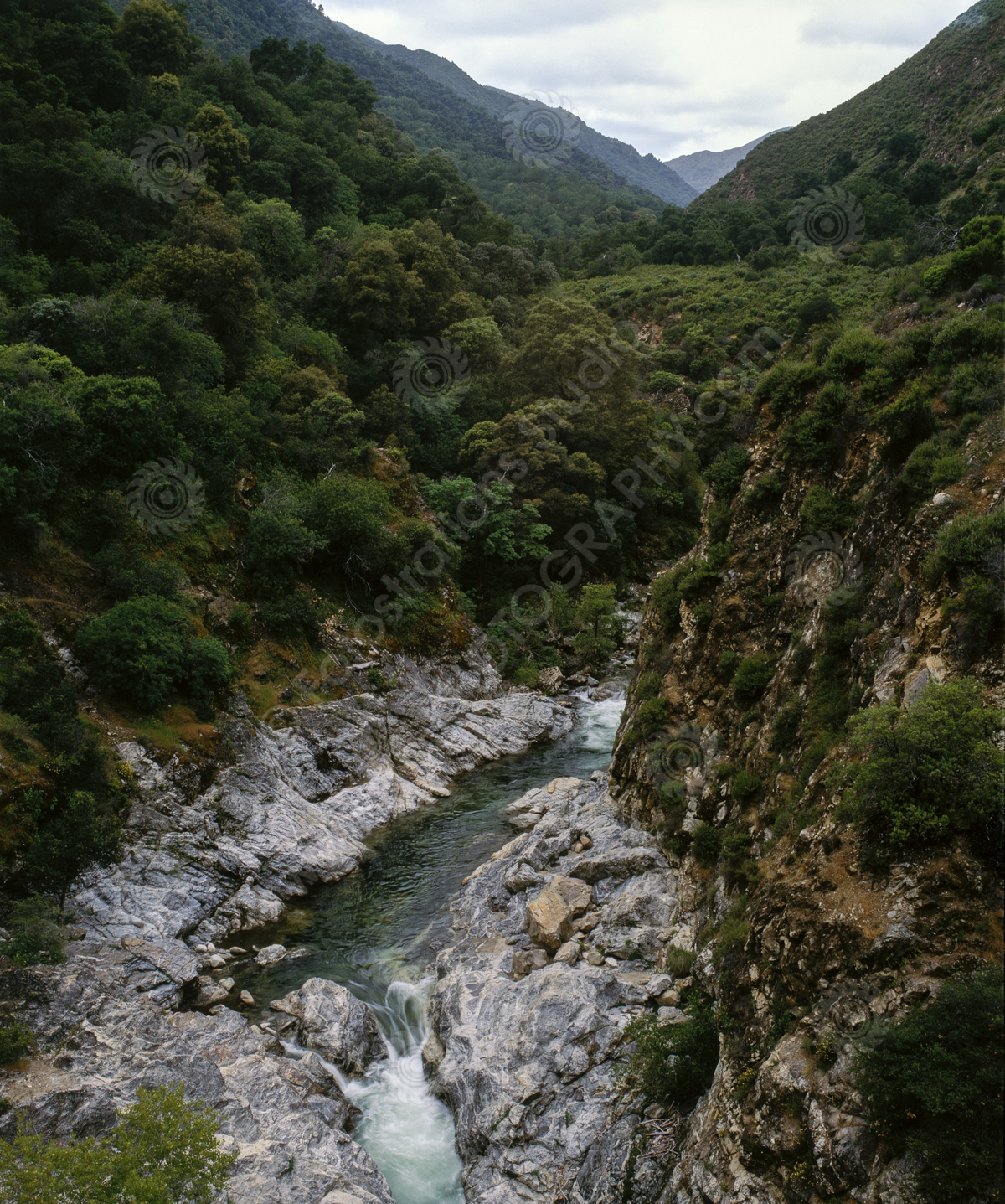A color photograph is often expected to represent a realistic depiction of the world, capturing colors as our eyes perceive them. However, this ideal of "true" color is largely a misconception. The natural world does not translate directly or objectively onto film or paper, and color carries emotional significance beyond mere replication. Photographers face the challenge of balancing optical accuracy with creative expression through color. Unlike other graphic media, color photography can feel unsettling if colors are misused or arbitrarily altered, especially with familiar subjects such as landscapes and portraits. Despite this, the expectation for faithful color reproduction remains a contested and somewhat fictional standard.
Exploring altered and experimental color in photography is both valid and essential, particularly as technical and cultural constraints on color interpretation continue to loosen. Techniques like push-processing C-41 color negative film introduce unexpected shifts in hue and tone, moving beyond traditional aesthetics. By pushing film beyond manufacturer limits, this photographer intentionally create imperfections and distortions that become expressive tools rather than flaws. Different film stocks react uniquely, allowing for a subjective palette that conveys mood and atmosphere in ways conventional color photography often cannot. This blurs the boundary between photography and painting, fostering new modes of emotional storytelling. The resulting images form a distinctive emotional color language grounded in risk and imperfection. Instead of aiming for clinical accuracy, these works embrace color shifts and textural anomalies, immersing viewers in an emotive chromatic world where color itself becomes a powerful narrative force.



















































































































































